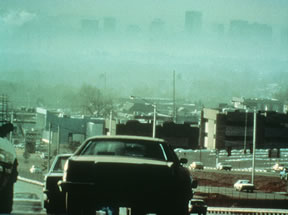Car exhaust is a major source of VOCs.
Click on image for full size
UCAR
Volatile Organic Chemicals (VOCs)
Volatile Organic Compounds or VOCs are organic chemicals that form a gas at room temperature. They are called organic because they contain the element carbon.. There are many types of VOCs. Hydrocarbons have both hydrogen and carbon atoms and include benzene and toluene. Oxygenates contain carbon, hydrogen and oxygen and come from car exhaust and atmospheric chemical reactions.
Gasoline and natural gas are a major source of VOCs. VOCs are given off by many types of products including: paints and lacquers, paint strippers, cleaning supplies, pesticides, building materials and furnishings, office equipment, and craft materials like glue and markers. All of these things can release VOCs while you are using them and when they are stored.
Some VOCs are quite dangerous, like benzene, polycyclic aromatic hydrocarbons (PAHs) and butadiene. Benzene may increase your chances of getting leukemia. PAHs can cause cancer. Butadiene is found in gasoline engine exhaust and cigarette smoke, and can cause cancer too.
In addition to the health problems that VOCs can cause, VOCs in the air can react with ultraviolet light and nitrogen oxides to form tropospheric ozone.
You might also be interested in:
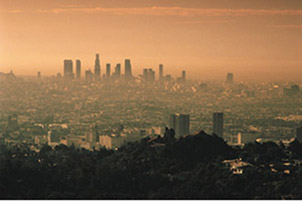
Did you know that ozone is found in two different layers of the atmosphere? You may have heard of the ozone hole problem - that is a lack of ozone in the stratosphere (the 2nd layer of the Earth's atomsphere).
...more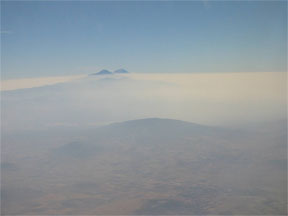
What do smog, acid rain, carbon monoxide, fossil fuel exhausts, and tropospheric ozone have in common? They are all examples of air pollution. Air pollution is not new. As far back as the 13 th century,
...more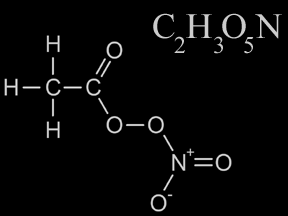
PAN (Peroxyacytyl nitrate) is a kind of air pollution. It is part of smog. PAN makes people's eyes hurt and it is bad for your lungs. It also damages plants. PAN forms when some other kinds of chemicals
...more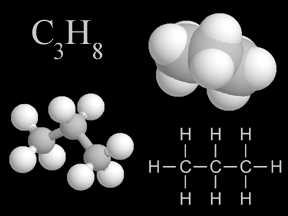
There is a group of chemicals called hydrocarbons. The molecules of hydrocarbons are made of hydrogen and carbon atoms. Most kinds of fuel have hydrocarbons in them. Hydrocarbons store energy. Coal, oil,
...more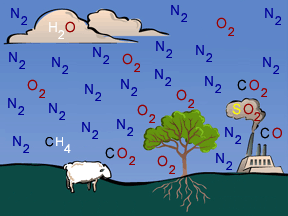
When you think of chemistry, do you think about mixing colored liquids in test tubes and maybe making an explosion... or at least a nice puff of smoke? Did you know that a lot of chemistry happens in Earth's
...more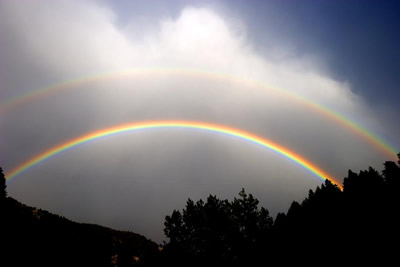
Rainbows appear in the sky when there is bright sunlight and rain. Sunlight is known as visible or white light and is actually a mixture of colors. Rainbows result from the refraction and reflection of
...more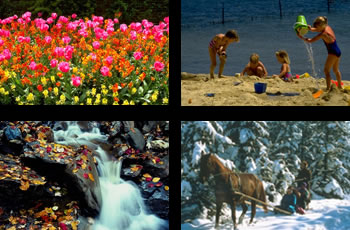
The Earth travels around the sun one full time per year. During this year, the seasons change depending on the amount of sunlight reaching the surface and the Earth's tilt as it revolves around the sun.
...more


